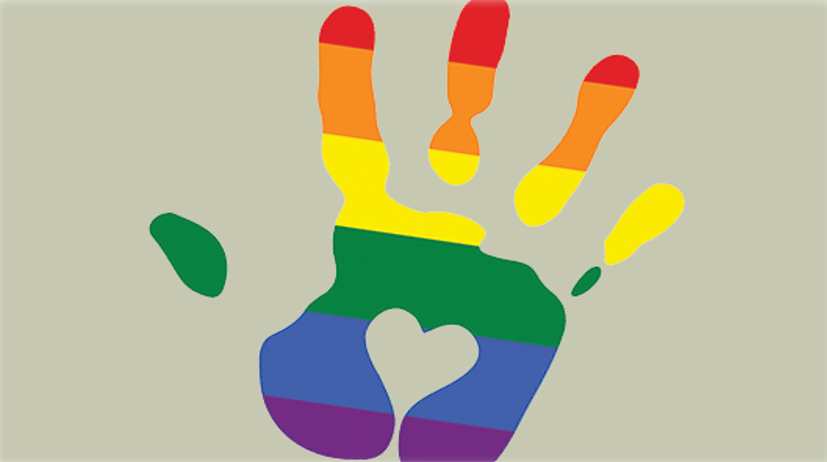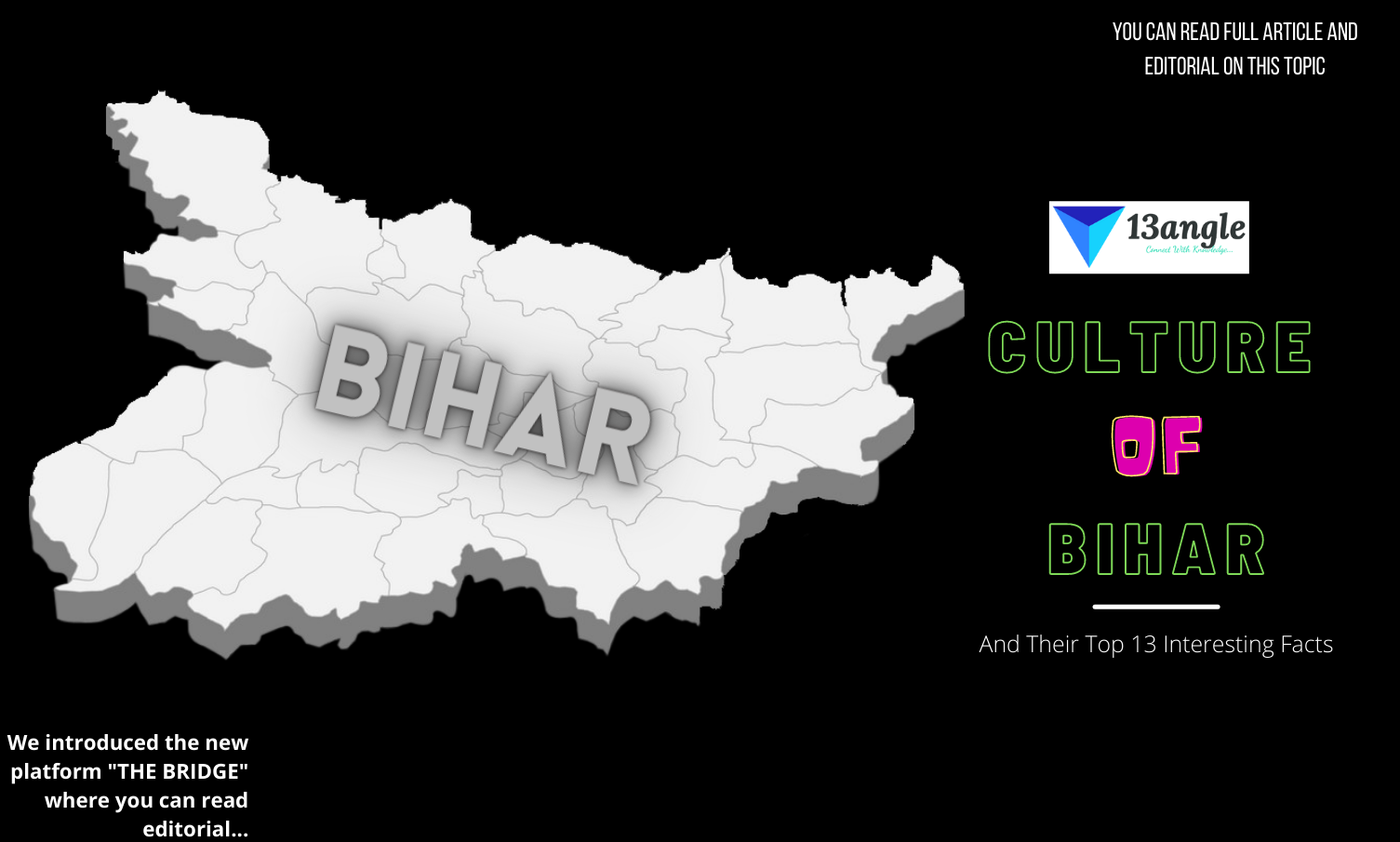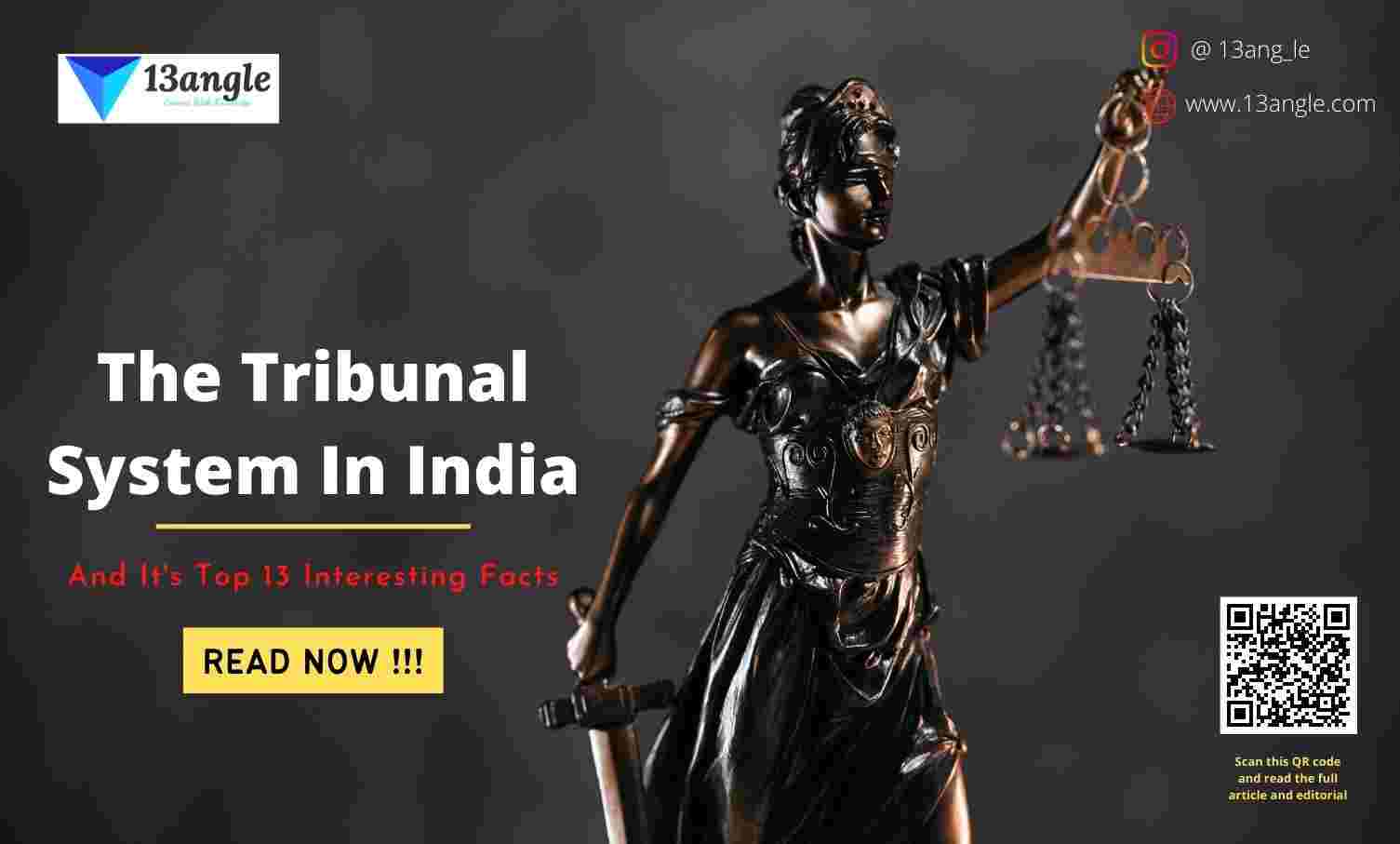
Introduction
Sexual and gender diversity is a vital aspect of human identity and plays a significant role in shaping individuals’ experiences and relationships. However, society often perpetuates harmful stereotypes and stigmatization towards individuals who identify as having a different sexual orientation or gender identity from the norm. It is crucial to understand the complexity and diversity of sexual orientations and gender identities to promote acceptance and inclusivity for all individuals. In this guide, we will explore the definitions of various sexual orientations and gender identities, the fluidity of sexual orientation, and the harmful effects of gender stereotyping. By examining these topics, we can create a more tolerant and inclusive society that embraces and celebrates diversity.
Different Sexual Orientations, Including Heterosexual, Homosexual, Bisexual, And Asexual

Sexual orientation refers to an individual’s romantic and/or sexual attraction to others. Some common sexual orientations include heterosexual, homosexual, bisexual, pansexual, asexual, and demisexual.
Heterosexual: A person who is attracted to individuals of the opposite gender. This is sometimes referred to as being “straight.” Heterosexual individuals may experience romantic and/or sexual attraction to individuals of the opposite gender.
Homosexual: A person who is attracted to individuals of the same gender. This is often referred to as being “gay” (for men) or “lesbian” (for women). Homosexual individuals may experience romantic and/or sexual attraction to individuals of the same gender.
Bisexual: A person who is attracted to individuals of both genders. This includes individuals who are attracted to people who identify as male, female, or non-binary. Bisexual individuals may experience romantic and/or sexual attraction to individuals of any gender.
Pansexual: A person who is attracted to individuals of all genders. This includes individuals who are attracted to people who identify as male, female, or non-binary, as well as individuals who do not identify as male, female, or non-binary. Pansexual individuals may experience romantic and/or sexual attraction to individuals of any gender.
Asexual: A person who does not experience sexual attraction to others. This does not mean that asexual individuals do not experience romantic attraction or have fulfilling relationships; rather, they simply do not experience sexual attraction. Some asexual individuals may identify as aromantic, meaning that they do not experience romantic attraction either.
Demisexual: A person who only experiences sexual attraction after developing a strong emotional connection with someone. Demisexual individuals may only experience sexual attraction to individuals with whom they have formed a deep emotional bond.
It is important to note that everyone’s experience of their own sexual orientation is unique, and there is no “right” or “wrong” way to identify. Additionally, sexuality can be fluid and may change over time. Understanding and accepting the diversity of sexual orientations is important for promoting inclusivity and respect for all individuals, regardless of their sexual orientation.
Understanding different sexual orientations is important for promoting acceptance, tolerance, and respect for all individuals. By recognizing the diversity of sexual orientations that exist, we can create more inclusive and supportive environments for everyone, regardless of their sexual orientation or gender identity.
The Fluidity Of Sexual Orientation And How It Can Change Over Time

Sexual orientation can be fluid and change over time for some individuals. This means that an individual’s attraction to others may shift or change over the course of their lifetime. It is important to note that not all individuals experience fluidity in their sexual orientation and that there is no “right” or “wrong” way to experience or identify one’s sexual orientation.
Some individuals may initially identify as heterosexual, for example, and then experience attraction to individuals of the same gender later in life. This can be a confusing and challenging experience for some, as it may conflict with their previous understanding of their own sexual orientation. However, it is important to recognize that fluidity in sexual orientation is a normal and natural aspect of human sexuality and that there is no need to feel ashamed or guilty about changing one’s sexual orientation over time.
There are many factors that can influence the fluidity of sexual orientation, including environmental and social factors, as well as changes in hormone levels and other physiological factors. Some individuals may experience changes in their sexual orientation in response to traumatic events or major life changes, while others may simply find that their attraction to others evolves over time.
It is important for sex education classes to address the concept of fluidity in sexual orientation, and to promote acceptance and understanding for individuals who experience changes in their sexual orientation over time. By recognizing the diversity of human sexuality and promoting acceptance for all individuals, we can create more inclusive and supportive environments for everyone.
Gender Identity, Including Different Gender Identities

Gender identity refers to an individual’s internal sense of their own gender, which may or may not correspond to the sex they were assigned at birth. Gender identity is different from biological sex, which refers to an individual’s physical characteristics, such as their reproductive organs and hormones.
There are many different gender identities that individuals may identify with, including male, female, non-binary, and genderqueer. Here are some definitions of these gender identities:
Male: An individual who identifies as male and identifies with masculine traits and behaviors.
Female: An individual who identifies as female and identifies with feminine traits and behaviors.
Non-binary: An individual who identifies as neither exclusively male nor exclusively female. Non-binary individuals may identify with a combination of masculine and feminine traits, or with neither masculine nor feminine traits.
Genderqueer: An umbrella term that refers to individuals who do not identify as exclusively male or female. Genderqueer individuals may identify with a combination of masculine and feminine traits, or with neither masculine nor feminine traits. Some genderqueer individuals may also identify as non-binary.
It is important to note that these are just a few examples of the many different gender identities that exist. Everyone’s experience of their own gender identity is unique, and there is no “right” or “wrong” way to identify. Some individuals may identify as transgender, meaning that they identify as a gender that is different from the sex they were assigned at birth.
Understanding different gender identities are important for promoting acceptance, tolerance, and respect for all individuals. By recognizing the diversity of gender identities that exist, we can create more inclusive and supportive environments for everyone, regardless of their gender identity or sexual orientation.
An Exploration Of Gender Stereotypes And How They Can Be Harmful To Individuals Of All Gender Identities

Gender stereotypes are oversimplified and often harmful beliefs about how individuals of different genders should behave and what roles they should play in society. These stereotypes can be harmful to individuals of all gender identities, as they limit people’s potential and can create an environment of discrimination and inequality.
For example, gender stereotypes may dictate that men should be strong and aggressive, while women should be passive and emotional. This can result in men feeling pressure to suppress their emotions and act in a stereotypically masculine way, while women may be discouraged from pursuing leadership positions or careers in traditionally male-dominated fields.
Gender stereotypes can also be harmful to individuals who do not conform to traditional gender roles or expectations. For example, a non-binary individual who does not identify as exclusively male or female may feel pressure to choose one gender or the other or may face discrimination and exclusion from social spaces that are divided by gender.
It is important for sex education classes to address gender stereotypes and the harm that they can cause. By promoting acceptance and understanding for individuals of all gender identities, we can create a more inclusive and supportive environment for everyone. It is also important to challenge gender stereotypes and encourage individuals to embrace their own unique personalities and interests, regardless of whether they conform to traditional gender roles or expectations.
Gender stereotypes are harmful to individuals of all gender identities, and it is important to promote acceptance, tolerance, and respect for all individuals, regardless of their gender identity or expression. By challenging gender stereotypes and promoting inclusivity, we can create a more equitable and just society for everyone.
Gender Expression And How Individuals Can Express Their Gender Identity In Different Ways

Gender expression refers to how an individual presents their gender to the world through their appearance, behaviour, and mannerisms. Gender expression is distinct from gender identity, which refers to an individual’s internal sense of their own gender.
Gender expression can take many different forms and can vary widely between individuals. For example, an individual who identifies as male may choose to present themselves in a masculine way, such as by wearing traditionally masculine clothing or engaging in stereotypically male behaviours. However, they may also choose to express their gender in a more androgynous or feminine way, such as by wearing makeup or jewellery.
Similarly, an individual who identifies as female may choose to present themselves in a feminine way, such as by wearing traditionally feminine clothing or engaging in stereotypically female behaviours. However, they may also choose to express their gender in a more androgynous or masculine way, such as by wearing short hair or masculine clothing.
It is important to recognize that gender expression is a personal choice and can vary widely between individuals. Some individuals may feel more comfortable expressing their gender in a way that aligns with traditional gender roles, while others may choose to express their gender in a way that challenges traditional gender roles or expectations.
It is also important to recognize that gender expression may not always align with an individual’s gender identity. For example, a transgender individual who identifies as female may still choose to express their gender in a more masculine way due to societal pressures or personal preferences.
Sex education classes can promote acceptance and understanding for individuals of all gender expressions by recognizing the diversity of gender expression and encouraging individuals to express their gender in a way that feels authentic and comfortable for them. By creating a more inclusive and accepting environment, we can support individuals in their exploration of gender expression and promote a more just and equitable society for everyone.
Strategies For Creating Inclusive And Supportive Environments For LGBTQ+ Individuals, Including How To Be An Ally To LGBTQ+ Peers

Creating inclusive and supportive environments for LGBTQ+ individuals is crucial for promoting acceptance, reducing discrimination, and ensuring that everyone can thrive.
- Here are some strategies that can be employed to create inclusive and supportive environments for LGBTQ+ individuals:
Education and Awareness: Education is a critical component of creating inclusive and supportive environments for LGBTQ+ individuals. Sex education classes can include information on sexual orientation, gender identity, and LGBTQ+ history and culture. Additionally, educators and school administrators can provide training for staff and students on LGBTQ+ issues and allyship.
Policies and Practices: Creating policies and practices that support LGBTQ+ individuals can also help to create more inclusive and supportive environments. This may include anti-discrimination policies, gender-neutral restrooms, and inclusive language in school materials and communications.
Safe Spaces: Creating safe spaces for LGBTQ+ individuals are also important. This may involve creating LGBTQ+ student groups, offering counselling services for LGBTQ+ individuals, or designating specific areas of the school as safe spaces.
Allyship: Being an ally to LGBTQ+ peers are an important way to create a more inclusive and supportive environment. Ally ship involves actively supporting and advocating for LGBTQ+ individuals, challenging discrimination and stereotypes, and educating others about LGBTQ+ issues.
Here are some specific ways that individuals can be allies to LGBTQ+ peers:
Listen: One of the most important things that an ally can do is to listen to and support LGBTQ+ individuals. This means being open and accepting of others’ experiences and perspectives.
Educate yourself: Allies can also educate themselves on LGBTQ+ issues and history, as well as how to be a better ally.
Speak up: Allies can speak up when they hear discriminatory language or behaviour and can challenge stereotypes and misconceptions about LGBTQ+ individuals.
Use inclusive language: Using inclusive language, such as using someone’s preferred pronouns, can also be an important way to support LGBTQ+ individuals.
- Advocate for change: Allies can also advocate for policies and practices that support LGBTQ+ individuals and can work to create more inclusive and supportive environments.
- Creating inclusive and supportive environments for LGBTQ+ individuals requires a concerted effort from everyone in the community. By promoting education, policies, safe spaces, and allyship, we can create a more just and equitable society for everyone.
Top 13 Facts About Understanding Sexual And Gender Diversity
Sexual orientation refers to a person’s enduring pattern of emotional, romantic, and/or sexual attractions to men, women, both genders, or none.
Gender identity refers to a person’s internal sense of being male, female, both genders, or neither.
Gender expression refers to the way a person presents their gender to others through behavior, clothing, hairstyle, etc.
Intersex is a term used to describe a person whose physical sex characteristics do not fit typical male or female classifications.
Gender dysphoria is a condition in which a person experiences distress or discomfort because of a mismatch between their gender identity and their assigned gender at birth.
Non-binary is a term used to describe people who do not identify as exclusively male or female.
Asexual is a term used to describe people who do not experience sexual attraction.
Bisexual is a term used to describe people who are attracted to both men and women.
Pansexual is a term used to describe people who are attracted to people of all genders.
LGBTQ+ stands for lesbian, gay, bisexual, transgender, and queer/questioning, with the “+” representing additional identities such as asexual, intersex, and non-binary.
Stereotyping is the act of making assumptions or judgments about an individual based on their membership in a group, often based on incomplete or inaccurate information.
Stereotyping can lead to discrimination, harassment, and marginalization of individuals who are perceived as different from the perceived norm.
Understanding and accepting sexual and gender diversity can lead to increased empathy, respect, and inclusion for all individuals, regardless of their sexual orientation or gender identity.





